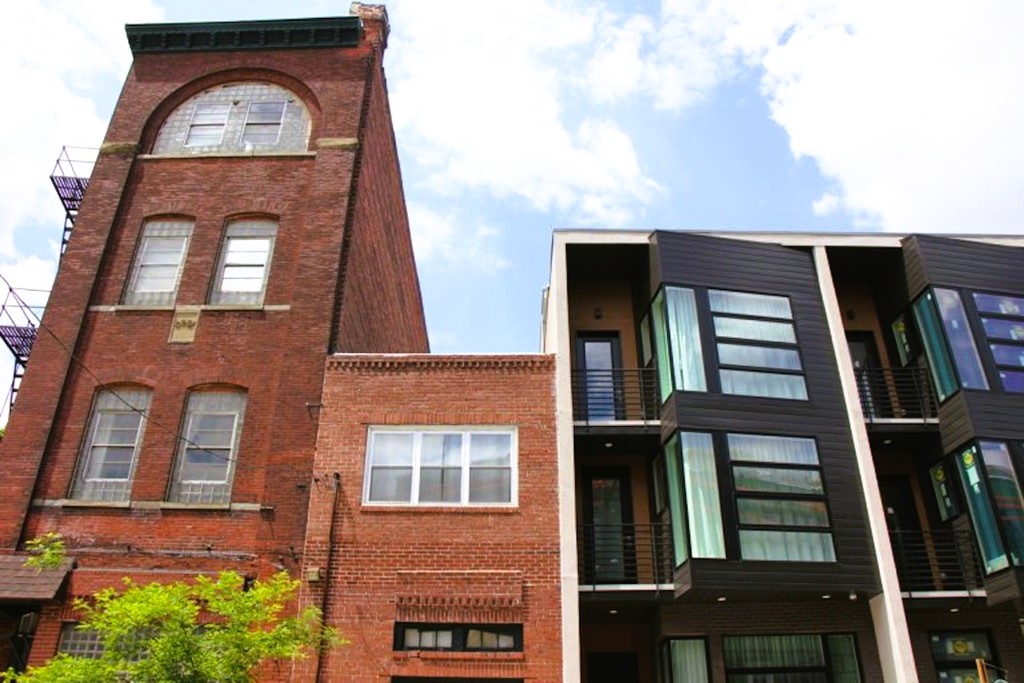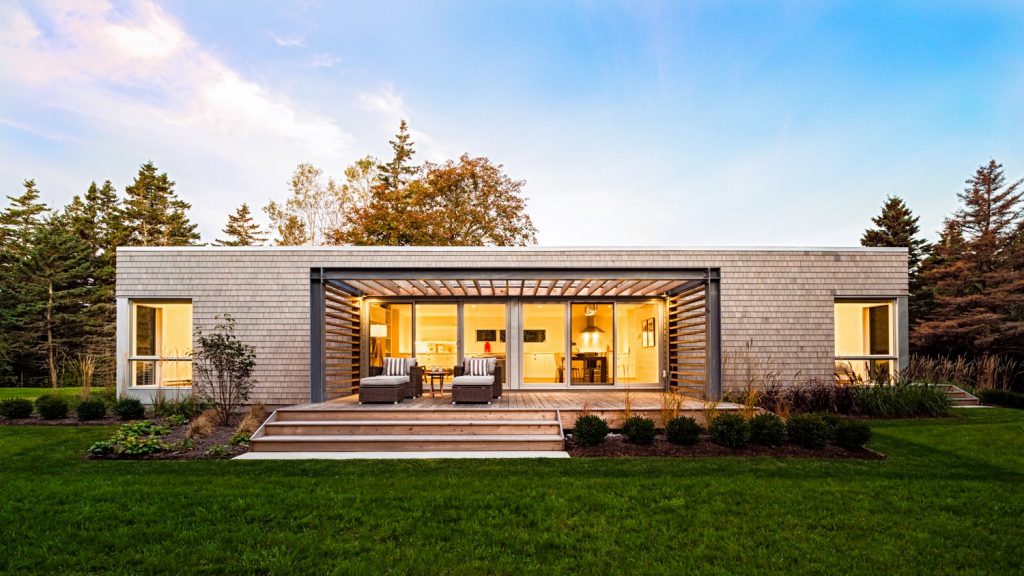Canada has a rich history of architecture, with homes ranging from traditional log cabins to modern glass and steel constructions. With advancements in technology and building techniques, constructing a home in Canada has become more efficient and sustainable than ever before. In this article, we will explore the technology and techniques behind building a home in Canada.
One of the most popular and effective building techniques in Canada is the use of prefabricated materials. Prefabricated homes are built in a factory and then transported to the building site, where they are assembled. This process allows for quick and efficient construction, as well as reduced waste and material costs.

Another popular technique is the use of energy-efficient building materials and technologies. Canada is known for its cold and harsh winters, and as a result, energy efficiency is a top priority for many builders. The use of materials such as insulated concrete forms (ICF) and triple-pane windows can significantly reduce a home’s energy consumption, leading to cost savings and a smaller environmental footprint.
In addition to energy-efficient materials, many builders in Canada are incorporating sustainable design features into their homes. This includes features such as rainwater harvesting systems, green roofs, and solar panels. These features not only reduce a home’s environmental impact but can also lead to significant cost savings over time.
Another important aspect of building a home in Canada is ensuring that it is built to withstand the country’s harsh climate. This includes features such as reinforced foundations, wind-resistant roofing, and proper insulation. Building codes in Canada are designed to ensure that homes are built to a high standard and can withstand the country’s extreme weather conditions.
Finally, many builders in Canada are incorporating smart home technologies into their homes. This includes features such as programmable thermostats, energy monitoring systems, and automated lighting systems. These technologies not only make a home more efficient but also provide added convenience and security for homeowners.
In conclusion, building a home in Canada requires careful consideration of a variety of factors, including energy efficiency, sustainability, climate resistance, and technological advancements. By incorporating these elements into the building process, homeowners can ensure that their homes are both comfortable and environmentally responsible.

When it comes to building homes in Canada, there are several unique challenges that builders must take into consideration. The harsh weather conditions that are common in many parts of the country, for example, require the use of specialized building techniques and materials in order to ensure that homes are able to withstand extreme temperatures and weather events such as heavy snowfall and strong winds. Additionally, many Canadian homeowners are also increasingly concerned with environmental sustainability and energy efficiency, which has led to the adoption of new technologies and building practices that are designed to reduce energy consumption and minimize the impact on the environment. The advantages of building a house using steel structures, we have described them in this article.
One popular technology that has gained traction in Canada in recent years is the use of prefabricated building materials and construction techniques. Prefabricated homes are constructed in a factory or warehouse setting and then transported to the building site for final assembly. This approach offers several advantages over traditional on-site construction methods, including faster construction times, lower labor costs, and greater precision and quality control.
Another trend that has emerged in recent years is the use of green building materials and practices. From high-efficiency insulation and windows to solar panels and geothermal heating and cooling systems, there are a variety of ways that builders can incorporate sustainable features into their homes in order to reduce energy consumption and minimize their environmental impact.
Ultimately, the technology and techniques used to build homes in Canada are constantly evolving in order to meet the changing needs and preferences of homeowners. From modular construction and sustainable building practices to the use of cutting-edge materials and technology, the future of home building in Canada looks bright and promising.

